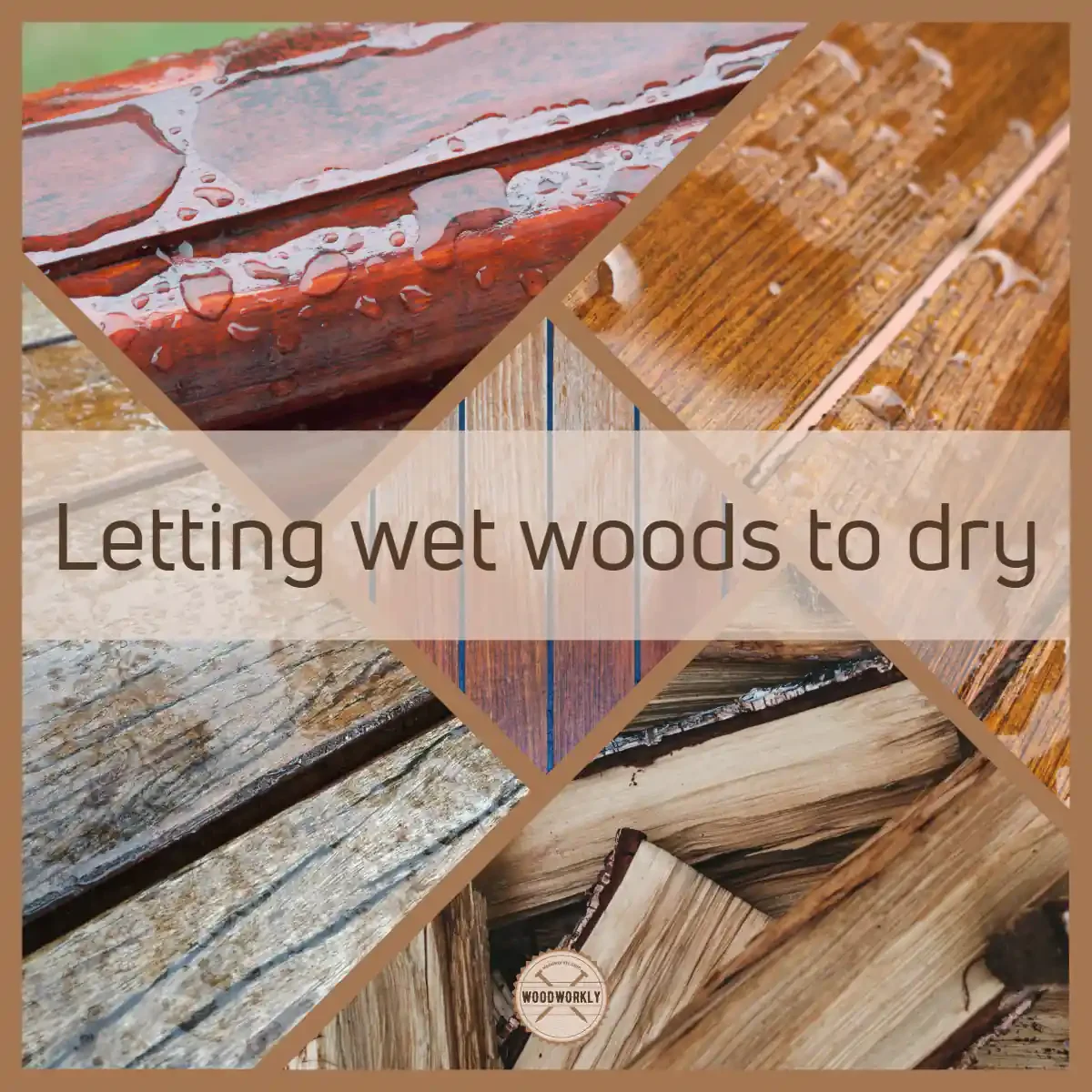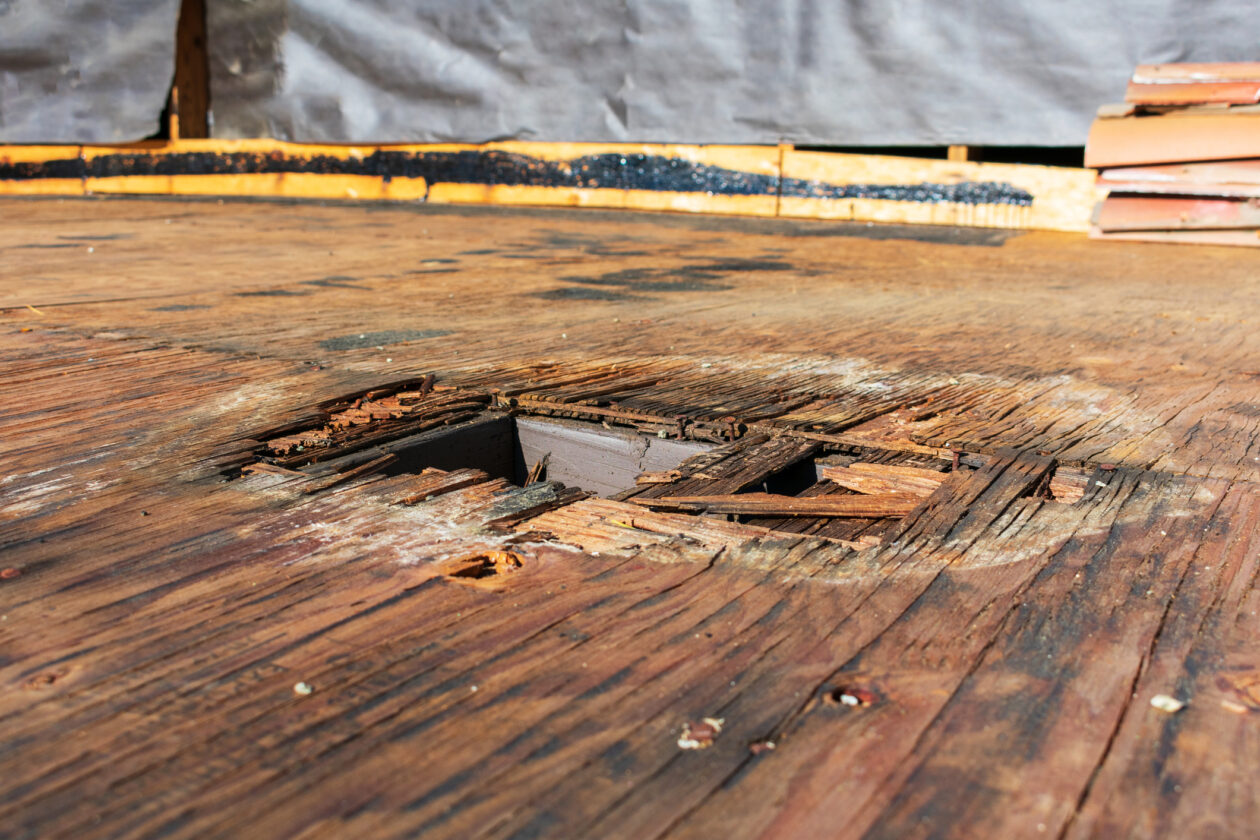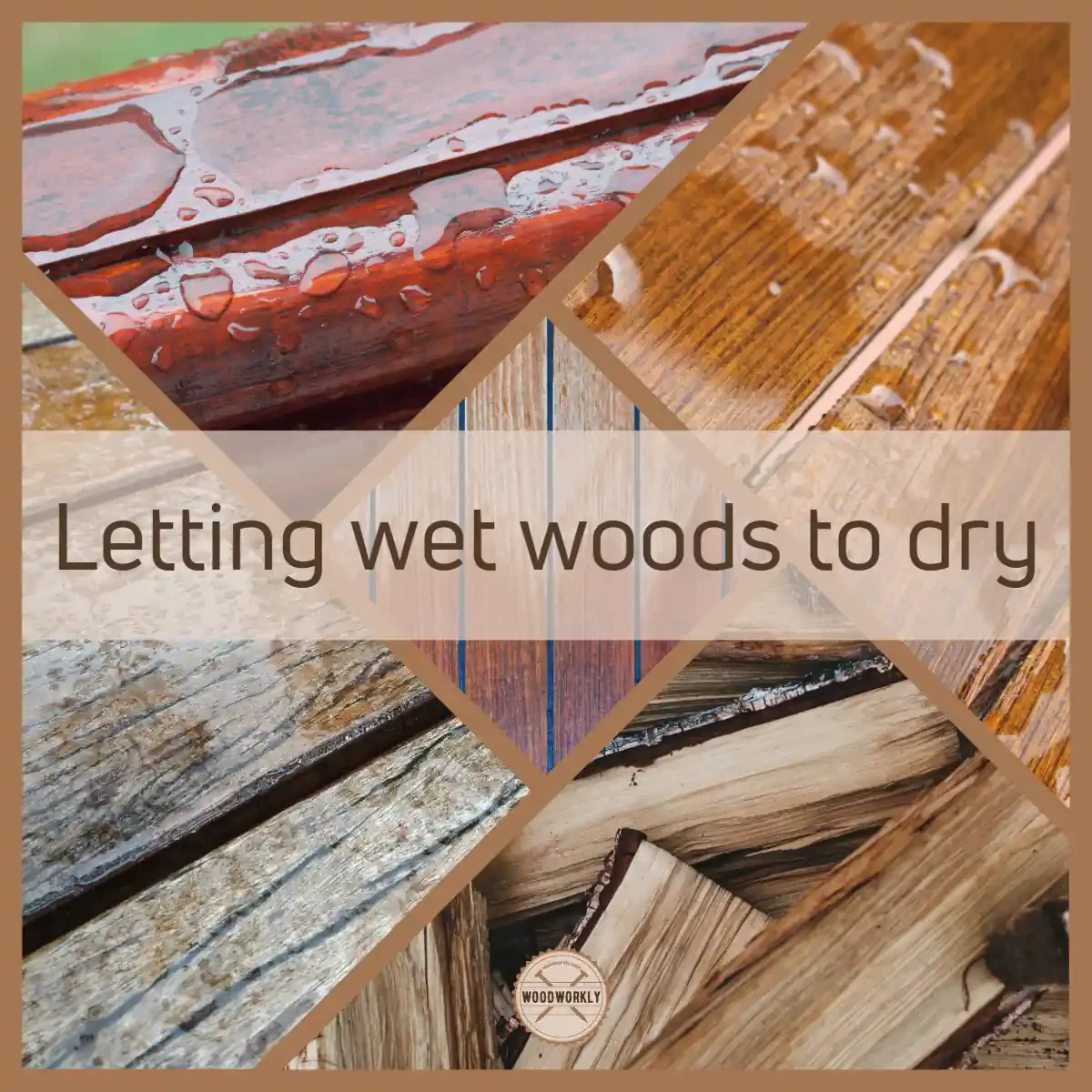Hey there! Have you ever wondered how long it takes for wet plywood to dry? Well, you’ve come to the right place! In this article, we’re going to explore the ins and outs of drying wet plywood. So sit tight and get ready to learn something new!
Picture this: you accidentally left your plywood out in the rain, or maybe there was a spill that soaked it through. Now you’re left wondering how long it will take for it to dry and be usable again. Don’t worry, we’ve got you covered! Understanding the drying process of wet plywood can help you make the right decisions and save you from potential problems. Let’s dive in!
When it comes to drying wet plywood, several factors come into play and can affect the time it takes. From the thickness of the plywood and the surrounding temperature to the level of humidity, each element plays a role in the drying process. So, in the next few paragraphs, we’ll break down these factors and give you a clear idea of what to expect. Let’s get started!

How Long Does It Take for Wet Plywood to Dry?
Wet plywood can be a major concern, as excess moisture can compromise its structural integrity and lead to various issues such as mold and rot. Understanding how long it takes for wet plywood to dry is crucial in determining the appropriate steps to take for drying and preventing further damage. In this article, we will delve into the factors that affect plywood drying time, methods to expedite the drying process, and tips for preventing moisture-related problems. Let’s discover how long it truly takes for wet plywood to dry.
The Drying Process of Wet Plywood
When plywood becomes wet, it undergoes a natural drying process. The duration of this process depends on several factors, including the type and thickness of the plywood, environmental conditions, and the extent of moisture saturation. Generally, it can take anywhere from a few days to several weeks for wet plywood to fully dry.
During the drying process, water gradually evaporates from the plywood, allowing it to regain its original moisture content. However, there are certain considerations to keep in mind. Wet plywood placed in a well-ventilated area with low humidity and good air circulation will dry faster than plywood in a damp and humid environment.
The drying time of wet plywood can be significantly affected by the thickness of the plywood. Thicker plywood may take longer to dry, as moisture has a higher chance of being trapped within the layers. It is important to note that premature exposure to excessive heat, such as direct sunlight or forced drying methods like using heat guns, can lead to warping, cracking, and other forms of damage. Proper drying techniques must be employed to ensure the preservation of the plywood’s structural integrity.
Factors Affecting Plywood Drying Time
1. Environmental conditions: The temperature, humidity, and airflow in the drying area play a crucial role in determining the drying time of wet plywood. A warm and well-ventilated environment with low humidity promotes faster drying.
2. Type of plywood: Different types of plywood have varying moisture-absorbing and drying capacities. Exterior-grade plywood tends to absorb more moisture and may require longer drying times compared to marine-grade plywood.
3. Plywood thickness: Thicker plywood takes longer to dry as moisture gets trapped within the layers. Thinner plywood, on the other hand, has less material to dry and may dry more quickly.
Methods to Expedite Plywood Drying
1. Adequate ventilation: Proper airflow is essential for expediting the drying process. Ensure that wet plywood is placed in a well-ventilated area with good air circulation.
2. Use of dehumidifiers: Dehumidifiers can help remove excess moisture from the air, reducing humidity and speeding up the drying process.
3. Absorbent materials: Placing absorbent materials, such as desiccants or silica gel packets, near the wet plywood can aid in absorbing moisture and expediting drying.
Preventing Moisture-Related Problems In Plywood
1. Proper storage and handling: Store plywood in a dry and well-ventilated area to prevent moisture absorption. Avoid stacking plywood directly on the ground or in areas prone to water leaks.
2. Sealants and coatings: Applying a suitable sealant or coating to plywood surfaces can help repel moisture and protect against water damage.
3. Regular inspections: Conduct regular inspections of plywood structures to identify any signs of moisture-related problems and address them promptly. Prompt action can prevent further damage and costly repairs.
Additional Considerations for Faster Plywood Drying
While understanding the general drying time of wet plywood is essential, it is important to consider the specific circumstances and adjust accordingly. Here are a few additional factors to consider:
1. Plywood Saturation Level
The level of saturation can impact drying time. If the plywood is only slightly wet, it may dry relatively quickly. However, if it is heavily saturated, it will take longer to dry.
2. Moisture Content Measurement
Investing in a moisture meter can provide accurate readings of the plywood’s moisture content. This can help determine the progress of the drying process and when the plywood has reached an acceptable level of moisture content.
3. Professional Assessment
If you are unsure about the drying time or the extent of damage to the plywood, it is advisable to consult a professional. They can assess the situation, provide expert advice, and recommend suitable solutions for drying wet plywood efficiently and effectively.
In conclusion, the drying time of wet plywood can vary depending on various factors such as environmental conditions, plywood type and thickness, and the extent of moisture saturation. While it can take anywhere from a few days to several weeks for wet plywood to dry completely, implementing proper drying methods, such as adequate ventilation and using absorbent materials, can help expedite the process. To prevent moisture-related problems, it is crucial to store and handle plywood correctly, apply suitable sealants or coatings, and conduct regular inspections. Understanding the specific circumstances and seeking professional assistance when needed can also contribute to faster and efficient plywood drying.
Key Takeaways: How Long Does It Take for Wet Plywood to Dry?
- Wet plywood can take anywhere from a few days to a few weeks to dry completely.
- The drying time depends on several factors such as temperature, humidity, and ventilation.
- Higher temperatures and lower humidity levels generally accelerate the drying process.
- It’s important to ensure proper ventilation to allow the moisture to escape and speed up the drying.
- Using fans or dehumidifiers can help expedite the drying process of wet plywood.
Frequently Asked Questions
Here are some commonly asked questions about the drying process of wet plywood:
How does wet plywood dry?
Wet plywood dries through a process called evaporation. As the moisture on the surface of the plywood comes in contact with air, it gradually transitions into a gas and disperses into the surrounding environment. The rate of evaporation depends on various factors such as temperature, humidity, airflow, and the condition of the plywood.
When exposed to warm temperatures and low humidity, the drying process accelerates. Airflow, whether natural or assisted by fans or dehumidifiers, can also help speed up the evaporation of moisture from the wet plywood. It’s important to note that thorough drying may take some time, as the moisture within the plywood needs to evaporate completely.
What factors affect the drying time of wet plywood?
The drying time of wet plywood can be influenced by several factors. First, the thickness of the plywood plays a role. Thicker plywood takes longer to dry compared to thinner panels due to the greater amount of moisture it retains. Additionally, the type of wood used in the plywood affects drying time. Different wood species have varying moisture retention capacities.
Other factors include the level of moisture content in the plywood, the conditions in which it is being dried (such as temperature and humidity levels), and the presence of proper ventilation. Plywood that is exposed to dry and warm conditions with good airflow will generally dry faster than plywood in a moist and stagnant environment.
How long does it usually take for wet plywood to dry?
The drying time for wet plywood can vary based on the factors mentioned earlier. In general, it can take anywhere from a few days to several weeks for wet plywood to dry completely. Thinner panels may dry out faster compared to thicker ones. The environmental conditions also play a crucial role; plywood exposed to warmer temperatures and low humidity will dry more quickly.
It’s important to note that rushing the drying process can result in subpar results and may lead to issues like warping or mold growth. Patience is key when drying wet plywood, as it is essential to ensure that the moisture is completely evaporated to prevent any future problems.
Can I accelerate the drying time of wet plywood?
Yes, there are steps you can take to accelerate the drying time of wet plywood. Firstly, ensure proper ventilation by allowing air to circulate around the plywood. This can be achieved by using fans or opening windows if weather conditions permit. Additionally, using dehumidifiers can help reduce the surrounding humidity, aiding in faster evaporation of moisture.
Another method is to expose the wet plywood to sunlight, as the heat from the sun can assist in drying. However, be cautious when using this method, as prolonged exposure to direct sunlight may cause the plywood to warp. It’s crucial to strike a balance between promoting drying and avoiding potential damage.
What are the risks of not allowing wet plywood to dry properly?
If wet plywood is not allowed to dry properly, it can lead to various issues. One common problem is warping, where the plywood bends or twists due to uneven moisture content. This can result in structural instability and may render the plywood unusable for its intended purpose.
Another risk is the growth of mold and mildew. Wet plywood provides a favorable environment for mold and mildew to thrive, which can lead to health issues and further damage to the plywood. Furthermore, the presence of moisture can attract wood-destroying pests, such as termites, which can cause significant damage to the plywood.

Is OSB ruined when wet or rained on? Let’s find out! #392
Summary
So, to summarize, when plywood gets wet, it can take a few days to dry completely. The drying time depends on factors like temperature, humidity, and ventilation. It’s essential to allow enough time for the plywood to dry thoroughly before using or covering it, to avoid problems like warping and mold. Remember, patience is key when it comes to drying wet plywood!
In conclusion, if you have wet plywood, make sure to let it air out and dry naturally. Keep it in a well-ventilated area and monitor the moisture level until it reaches an appropriate level. Avoid rushing the process and be patient. By following these steps, you’ll ensure that your plywood dries properly and stays in good condition for its intended use.
